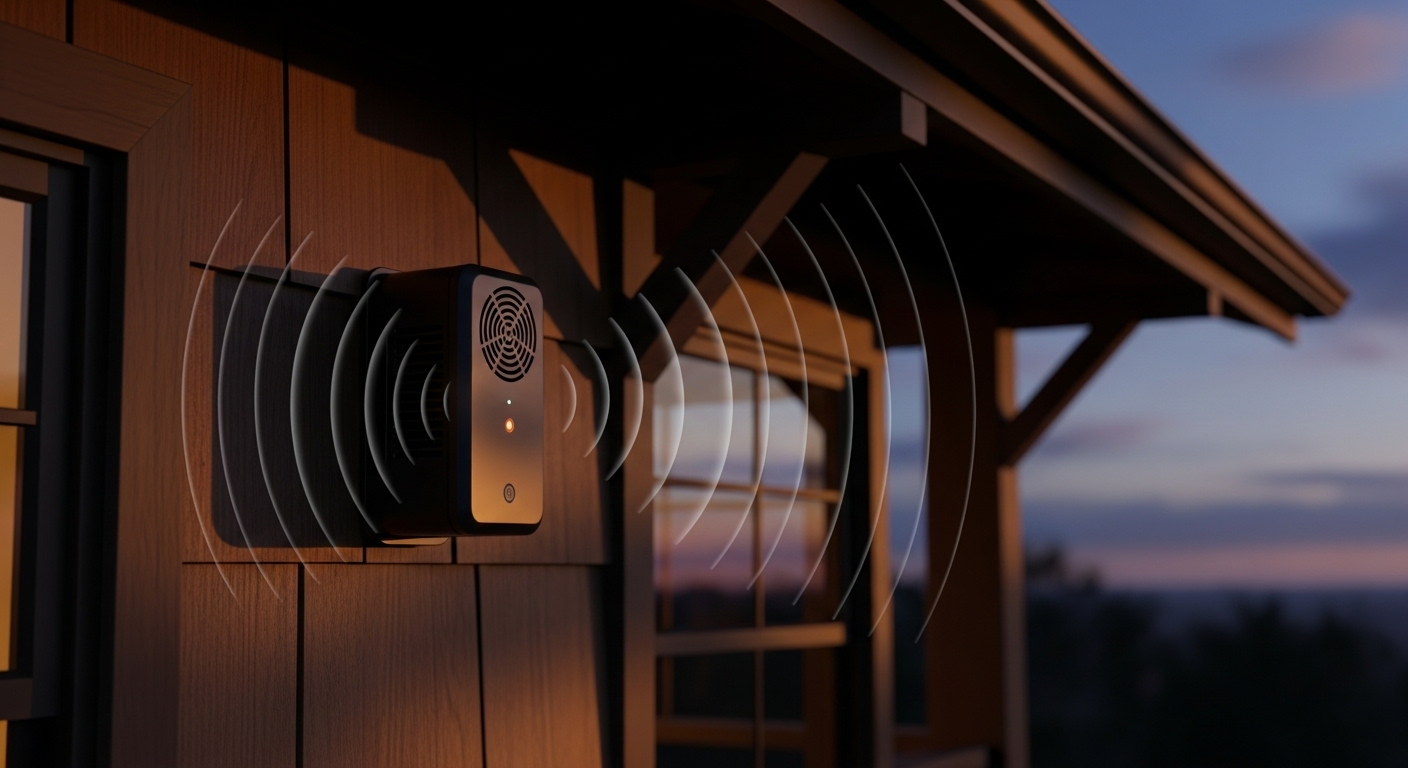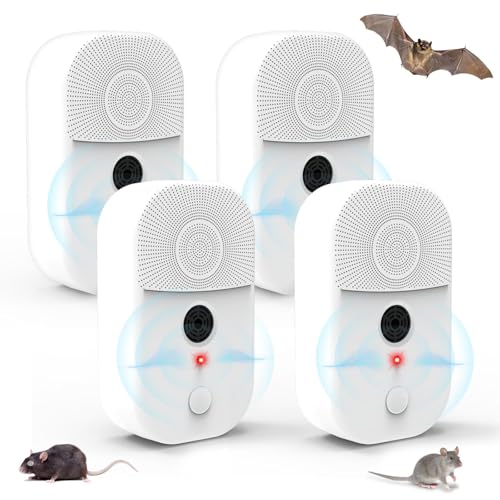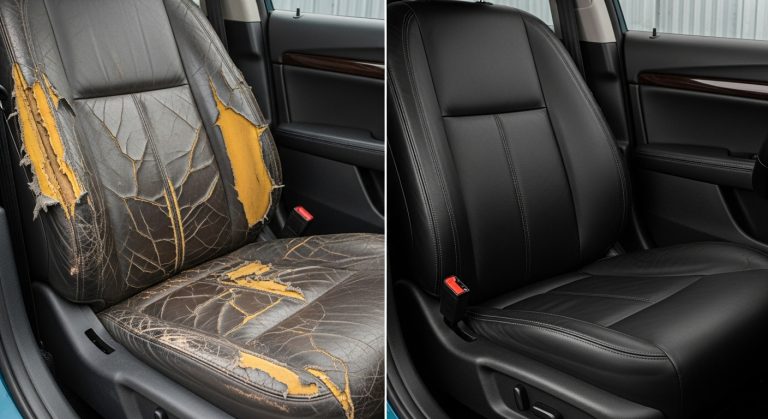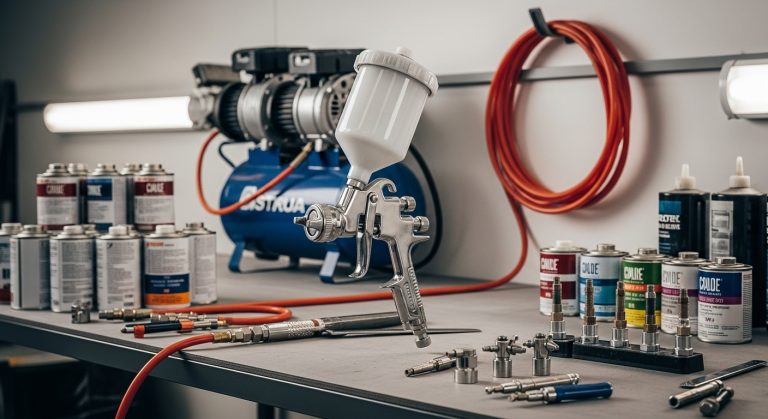Best Bat Repellent Device: Ultimate Guide to Safe Removal
Dealing with unwanted bats in your home or property can be stressful and overwhelming. These nocturnal creatures, while beneficial to the ecosystem, can create serious problems when they invade your living spaces.
The most effective bat repellent devices include ultrasonic deterrents, bright LED lights, and motion-activated sprinklers that safely discourage bats without harming them. These humane solutions work by disrupting their natural behavior patterns and making your property less attractive to roosting.
This comprehensive guide will help you choose the perfect bat deterrent solution for your specific situation. You’ll discover proven methods, understand different device types, and learn how to implement a successful bat control strategy that protects both your property and these important creatures.
Key Takeaways
- Ultrasonic Devices Lead the Market: High-frequency sound waves between 20-40 kHz effectively disrupt bat echolocation systems. Choose devices with adjustable frequency settings to target different bat species and prevent adaptation over time.
- Combination Methods Deliver Superior Results: Multi-modal approaches using ultrasonic sound, LED lights, and motion-activated sprinklers work better than single-method solutions. This integrated strategy prevents bats from adapting to any one deterrent type.
- Strategic Placement Maximizes Effectiveness: Position devices near known roosting areas, entry points, and flight paths at appropriate heights. Clear sight lines and proper coverage of bat activity zones are crucial for optimal performance.
- Humane Solutions Protect Both Property and Wildlife: Non-lethal repellent devices offer ethical alternatives that comply with federal and state wildlife protection laws. These methods provide effective deterrence while preserving beneficial bat populations.
- Indoor and Outdoor Applications Require Different Approaches: Indoor devices focus on ultrasonic deterrents for enclosed spaces, while outdoor systems need weather-resistant construction and broader coverage. Consider your specific environment when selecting appropriate devices.
- Patience and Persistence Ensure Long-Term Success: Initial results may appear within days, but complete effectiveness typically develops over 2-4 weeks. Consistent operation and regular maintenance are essential for establishing lasting deterrent effects.
- Power Source Selection Impacts Performance: AC-powered units provide unlimited operation, battery systems offer placement flexibility, and solar options deliver eco-friendly operation. Choose based on your installation location and maintenance preferences.
About Bat Behavior and Why Repellents Work?
What Attracts Bats to Your Property
Bats are naturally drawn to specific environmental conditions that make your property appealing. Dark, quiet spaces with minimal human activity provide ideal roosting locations for these nocturnal mammals.
Common attraction factors include attic spaces, eaves, chimneys, and unused buildings that offer protection from predators and weather. Bats also seek areas near water sources and abundant insect populations for feeding.
Understanding these preferences helps you identify vulnerable areas where repellent devices will be most effective. The key is disrupting their comfort zone while providing alternative roosting options elsewhere.
How Bat Senses Work
Bats rely heavily on echolocation to navigate and hunt in complete darkness. This sophisticated biological sonar system allows them to detect objects, prey, and obstacles with remarkable precision.
Their sensitive hearing can detect frequencies far beyond human perception, making them particularly susceptible to ultrasonic deterrents. This sensitivity becomes a crucial factor in selecting effective repellent devices.
Visual cues also play a role in bat behavior, though less significantly than sound. Bright lights can disrupt their natural activity patterns and make roosting areas less comfortable.
Why Traditional Methods Often Fail
Many homeowners attempt DIY solutions like mothballs, ammonia, or physical barriers without understanding bat behavior. These approaches often provide only temporary relief and may even be counterproductive.
Chemical repellents can be harmful to both bats and humans, while also failing to address the root cause of the infestation. Bats quickly adapt to static deterrents that don’t change over time.
The most successful approach combines multiple deterrent methods that work together to create an unwelcoming environment. This integrated strategy prevents bats from becoming accustomed to any single deterrent.
Types of Bat Repellent Devices
Ultrasonic Bat Deterrents
Ultrasonic devices represent the most popular and effective category of bat repellents available today. These electronic units emit high-frequency sound waves that interfere with bat echolocation systems.
The frequency range typically falls between 20-40 kHz, which is above human hearing but within the sensitive range of most bat species. Quality devices offer adjustable frequencies to target different bat types.
Coverage area varies significantly between models, with some protecting small rooms while others cover entire buildings. Consider your specific needs when selecting the appropriate power level and range.
Key Features to Look For:
- Adjustable frequency settings
- Weather-resistant construction
- Multiple sound patterns
- Timer functions
- Solar or battery power options
LED Light Deterrents
Bright LED lights create an uncomfortable environment for bats who prefer darkness for roosting and navigation. These devices work by disrupting their natural circadian rhythms and making areas less attractive.
Strobe lights are particularly effective because the flashing pattern creates additional discomfort and confusion. The intermittent nature prevents bats from adapting to constant illumination.
Motion-activated systems provide the most efficient operation by conserving energy while maximizing effectiveness. These units only activate when movement is detected, creating a startling effect.
Motion-Activated Sprinklers
Water-based deterrents offer a humane and effective solution for outdoor bat problems. These devices detect movement and release a sudden burst of water that startles and discourages bats.
The surprise element is crucial to their effectiveness, as bats quickly learn to avoid areas where they’ve experienced unexpected water exposure. This creates a lasting deterrent effect.
Adjustable sensitivity settings allow you to customize the device for different sized animals and environmental conditions. This prevents false activations while ensuring reliable bat detection.
Combination Systems
Multi-modal devices combine several deterrent methods into a single unit for maximum effectiveness. These systems typically integrate ultrasonic sound, lights, and sometimes even scent deterrents.
The synergistic effect of multiple deterrents makes it much more difficult for bats to adapt and ignore the repellent system. This comprehensive approach provides longer-lasting results.
Smart technology integration allows for remote monitoring and control through smartphone apps. This convenience factor makes it easier to maintain consistent deterrent pressure.
Choosing the Right Device for Your Situation
Indoor vs. Outdoor Applications
Indoor devices must be designed for enclosed spaces with different acoustic properties and power requirements. These units typically focus on ultrasonic deterrents that won’t disturb human occupants.
Outdoor systems need weather-resistant construction and broader coverage areas to protect larger spaces. These devices often combine multiple deterrent methods for maximum effectiveness.
Consider the specific location where bats are problematic when selecting between indoor and outdoor solutions. Some situations may require both types for comprehensive protection.
Coverage Area Considerations
Small spaces like individual rooms or storage areas require less powerful devices with focused coverage patterns. These units are typically more affordable and easier to install.
Large areas such as barns, warehouses, or entire buildings need high-powered systems with extensive range capabilities. Multiple units may be necessary for complete coverage.
Outdoor perimeters require devices with weather-resistant construction and broad coverage patterns. Consider the layout of your property when planning device placement.
Power Source Options
AC-powered devices provide consistent performance and unlimited operation time but require access to electrical outlets. These units are ideal for permanent installations in accessible locations.
Battery-operated systems offer flexibility in placement but require regular maintenance and battery replacement. Solar charging options can extend battery life significantly.
Solar-powered units provide eco-friendly operation with minimal maintenance requirements. These devices work best in locations with adequate sunlight exposure throughout the day.
Installation and Placement Strategies
Optimal Positioning Techniques
Strategic placement is crucial for maximizing the effectiveness of any bat repellent device. Position units near known roosting areas, entry points, and flight paths for best results.
Height considerations are important since bats typically fly and roost at elevated positions. Mount devices at appropriate heights to ensure coverage of bat activity zones.
Obstacle avoidance ensures that sound waves and light patterns can reach their intended targets without interference. Clear sight lines improve device performance significantly.
Creating Effective Barriers
Perimeter protection involves establishing a deterrent boundary around your property using multiple devices. This approach prevents bats from approaching roosting areas.
Layered defense combines different types of deterrents at various distances from protected areas. This multi-level approach increases the likelihood of successful bat deterrence.
Entry point focus concentrates deterrent efforts on specific locations where bats commonly enter buildings. Sealing these areas while providing deterrents creates the most effective barrier.
Maintenance and Monitoring
Regular inspection ensures that devices continue operating at peak effectiveness. Check for damage, battery levels, and proper positioning on a weekly basis.
Seasonal adjustments may be necessary as bat behavior changes throughout the year. Migration patterns and breeding cycles affect the timing and intensity of deterrent needs.
Performance tracking helps you evaluate the success of your deterrent strategy and make necessary adjustments. Document bat activity levels before and after installation.
Safety and Legal Considerations
Humane Treatment Requirements
Ethical bat control prioritizes the welfare of these beneficial creatures while addressing human concerns. Repellent devices offer a humane alternative to lethal control methods.
Non-lethal approaches are not only more ethical but often more effective in the long term. Killing bats can actually attract more individuals to the area through pheromone signals.
Stress minimization should be a key consideration when selecting and using repellent devices. Excessive stress can harm bat populations and reduce the effectiveness of deterrent methods.
Legal Protections for Bats
Federal regulations protect many bat species under the Endangered Species Act and other wildlife protection laws. Harming or killing bats can result in significant legal penalties.
State and local laws may provide additional protections and restrictions on bat control methods. Research applicable regulations in your area before implementing any control strategy.
Permit requirements may apply to certain types of bat control activities, especially in areas with protected species. Consult with local wildlife authorities when in doubt.
Environmental Impact
Ecosystem benefits of bats include natural pest control and pollination services that provide significant economic value. Protecting bat populations benefits both humans and the environment.
Chemical-free solutions like repellent devices avoid introducing harmful substances into the environment. This approach protects other wildlife and maintains ecological balance.
Sustainable practices focus on long-term coexistence rather than elimination of bat populations. This perspective leads to more effective and environmentally responsible solutions.
Troubleshooting Common Issues
Device Not Working Effectively
Frequency adjustment may be necessary if bats appear to be ignoring ultrasonic deterrents. Different bat species respond to different frequency ranges, so experimentation may be required.
Power supply issues can significantly reduce device effectiveness. Ensure adequate power levels and consider upgrading to higher-capacity batteries or solar panels.
Placement problems often cause poor performance even with quality devices. Relocate units to areas with better coverage of bat activity zones.
Bats Returning After Initial Success
Adaptation behavior is common with intelligent animals like bats. Rotate between different deterrent methods or adjust settings regularly to prevent habituation.
Seasonal variations in bat behavior may require different approaches throughout the year. Increase deterrent intensity during peak activity periods.
Incomplete coverage allows bats to find alternative roosting sites nearby. Expand your deterrent system to cover all potential roosting areas.
Interference with Other Wildlife
Frequency conflicts with other electronic devices can reduce effectiveness. Test for interference and adjust frequencies as needed to avoid conflicts.
Unintended effects on pets or beneficial wildlife should be monitored and addressed. Most quality devices are designed to minimize impact on non-target species.
Neighbor concerns about noise or light pollution require diplomatic solutions. Choose devices with appropriate power levels and directional capabilities.
Frequently Asked Questions
Do ultrasonic bat repellents actually work?
Ultrasonic devices can be effective when properly selected and installed for your specific situation. The key is choosing devices with appropriate frequency ranges and power levels for your bat species.
Success rates vary depending on factors like bat species, environmental conditions, and device quality. Higher-end units with adjustable frequencies tend to perform better than basic models.
Combination approaches using multiple deterrent methods typically achieve better results than relying on ultrasonic devices alone. Consider integrating lights and physical barriers for maximum effectiveness.
How long does it take for bat repellents to work?
Initial results may be visible within the first few nights of operation, especially with motion-activated devices that provide immediate deterrent effects.
Complete effectiveness typically develops over 2-4 weeks as bats learn to avoid the treated area. Consistent operation during this period is crucial for establishing lasting deterrent effects.
Seasonal factors can influence the timeline, with faster results during active periods and slower adaptation during hibernation seasons. Patience and persistence are essential for long-term success.
Are bat repellent devices safe for pets and humans?
Most quality devices are designed to operate at frequencies above human hearing range, making them safe for household use. However, some pets may be sensitive to ultrasonic frequencies.
LED light systems pose no health risks to humans or pets when used as directed. Motion-activated units minimize exposure while maintaining effectiveness.
Water-based deterrents are completely safe for all family members and pets. These systems use only clean water and pose no chemical or physical hazards.
Can I use multiple types of repellents together?
Combining different methods often produces superior results compared to using single devices. The multi-modal approach makes it harder for bats to adapt and ignore deterrents.
Proper coordination between devices prevents interference and maximizes effectiveness. Space units appropriately and adjust settings to work together harmoniously.
Gradual implementation allows you to evaluate the effectiveness of each component and make adjustments as needed. Start with one method and add others based on results.
What’s the difference between indoor and outdoor bat repellents?
Indoor devices are typically designed for smaller spaces with controlled environments. These units focus on ultrasonic deterrents that won’t disturb human occupants.
Outdoor systems require weather-resistant construction and broader coverage capabilities. These devices often combine multiple deterrent methods for maximum effectiveness in challenging conditions.
Power requirements differ significantly, with outdoor units needing more robust power supplies and weather protection. Solar options are particularly popular for outdoor applications.
Your Path to a Bat-Free Environment Starts Now
Choosing the right bat repellent device transforms your property from an attractive roosting site into an unwelcoming environment for these nocturnal visitors. The combination of ultrasonic technology, strategic lighting, and motion-activated deterrents provides a humane yet highly effective solution that respects both your needs and wildlife conservation.
Take action today by selecting the appropriate device for your specific situation and implementing a comprehensive deterrent strategy. Your investment in quality bat repellent technology will provide long-lasting peace of mind and protect your property for years.

















